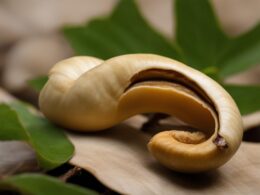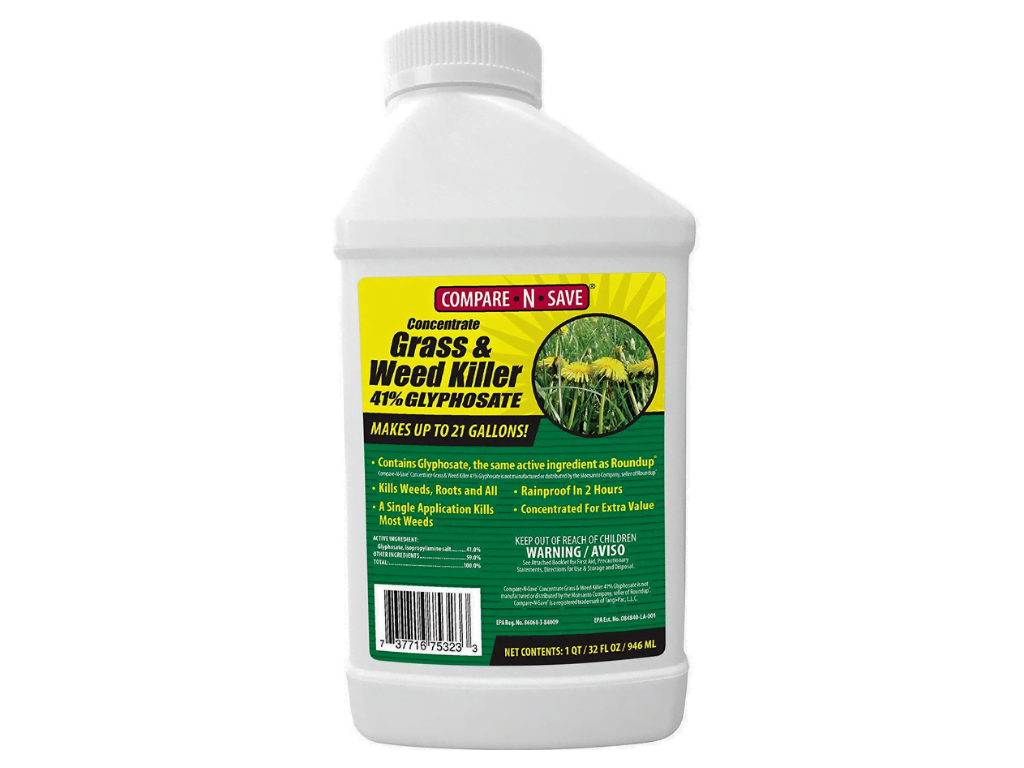Welcome to our informative guide on palm tree toxicity. If you have palm trees in your surroundings, whether in your backyard or at public parks, you may be wondering about their potential toxicity. It’s important to understand whether palm trees pose a threat to your safety and the safety of your pets. In this section, we will explore the various species of palm trees that are toxic and the potential dangers they can present.
Palm trees are a common sight in many landscapes, adding beauty and a tropical feel to the environment. However, not all palm trees are safe. Some species can be poisonous, causing harm if ingested or even if you come into contact with their sap or leaves.
By understanding the different types of toxic palm trees and their associated risks, you can take the necessary precautions to ensure your well-being and the well-being of your beloved pets. We’ll provide you with important insights and safety tips to help you navigate the world of palm tree toxicity.
So, join us as we dive into the fascinating topic of palm tree toxicity and debunk any myths or misconceptions along the way. By the end of this guide, you’ll be equipped with the knowledge needed to make informed decisions and create a safe environment around palm trees.
Florida’s Poisonous Palm Trees: Know Which Ones to Avoid
Florida is renowned for its stunning palm trees that adorn its landscapes. However, it’s essential to be aware that not all palm trees are safe for humans and pets. Some species can be toxic and pose a risk to the well-being of your loved ones. Understanding which palm trees to avoid is crucial for ensuring the safety of your family and pets.
Below is a comprehensive list of common poisonous palm trees found in Florida, along with the specific parts of the trees that are toxic and the potential health effects they may cause:
- Sago Palm (Cycas revoluta) – All parts of this palm tree, especially the seeds and leaves, contain toxic compounds called cycasin, which can cause severe liver damage if ingested.
- Cardboard Palm (Zamia furfuracea) – The seeds and roots of this palm tree contain cycasin and other toxic saponins, which may cause digestive upset, skin irritation, and even neurological symptoms if consumed.
- Queen Sago (Cycas circinalis) – Similar to the Sago Palm, this species contains cycasin, making it toxic to pets and humans.
- Jerusalem Date Palm (Phoenix dactylifera) – The seeds, leaves, and fruit of this palm tree contain oxalic acid, which can cause digestive discomfort and irritation if ingested.
- Bismarck Palm (Bismarckia nobilis) – While not highly toxic, the Bismarck Palm’s fruit may cause mild gastrointestinal symptoms in pets and humans if consumed in large quantities.
To ensure the safety of your family, it’s important to take precautionary measures, such as:
- Researching the specific species of palm tree before planting it in your yard
- Keeping pets away from potentially toxic parts of palm trees
- Teaching children about palm tree safety and discouraging them from eating any parts of the trees
- Seeking immediate veterinary or medical attention if poisoning is suspected
By familiarizing yourself with the poisonous palm trees in Florida and taking proactive measures, you can enjoy the beauty of palm trees without compromising the safety and well-being of your family and pets.
Sago Palms: A Deadly Threat to Your Pets
Sago palms, also known as Coontie palms, are popular landscaping plants that can be found across the United States. While they may add beauty to your garden, it’s important to be aware that these seemingly harmless plants can pose a serious danger to your pets. Sago palms contain toxic compounds that can be extremely harmful, especially to cats and dogs.
Identifying the Toxic Parts
Understanding which parts of the sago palm are toxic is crucial for keeping your pets safe. The entire plant, including the leaves, stems, roots, and seeds, contains toxins that can cause severe poisoning if ingested.
Symptoms of Sago Palm Poisoning
If your pet has ingested any part of a sago palm, it’s important to be vigilant for the following symptoms:
- Vomiting
- Diarrhea
- Loss of appetite
- Lethargy
- Abdominal pain
- Jaundice (yellowing of the skin and eyes)
- Tremors
- Seizures
If you notice any of these symptoms in your pet, it’s crucial to seek immediate veterinary care as sago palm poisoning can be life-threatening.
Treatment for Sago Palm Poisoning
When it comes to treating sago palm poisoning, time is of the essence. Early intervention increases the chances of a positive outcome. If you suspect your pet has ingested any part of a sago palm, contact your veterinarian immediately.
The treatment for sago palm poisoning may include:
- Inducing vomiting to remove the toxins
- Administering activated charcoal to absorb the remaining toxins
- Fluid therapy to maintain hydration
- Supportive care to manage any symptoms or complications
- Monitoring liver function and providing appropriate treatment if necessary
Remember, prompt action is essential for saving your pet’s life when dealing with sago palm poisoning.
Conclusion: Ensuring Safety Around Palm Trees
When it comes to palm trees, safety should be your top priority. While some palm trees may be toxic, there are practical steps you can take to protect your family and pets. By following these safety tips, you can enjoy the beauty of palm trees without any worries.
First and foremost, take precautions when selecting a palm tree for your property. Research the specific species you are interested in and make sure it is non-toxic. Consult with a knowledgeable nursery or landscaping professional who can guide you in choosing the right palm tree for your needs.
In addition, be proactive in preventing any potential accidents. Keep children and pets away from palm trees, especially if you have identified them as toxic. Create barriers or install fencing around palm trees to restrict access and protect your loved ones.
Furthermore, it is essential to know how to respond in case of a palm tree poisoning emergency. Familiarize yourself with the symptoms of palm tree poisoning and keep emergency contact numbers readily available. If you suspect someone has been exposed to palm tree toxins, seek immediate medical attention and provide as much information as possible about the incident.
Can Palm Tree Growth Rate Affect Their Toxicity Level?
The windmill palm growth rate can impact the toxicity level of palm trees. Faster-growing palms tend to accumulate fewer toxins compared to slower-growing ones. Factors such as soil composition and environmental conditions also influence the toxicity of palm trees. It’s important to consider the growth rate when assessing potential toxicity.










